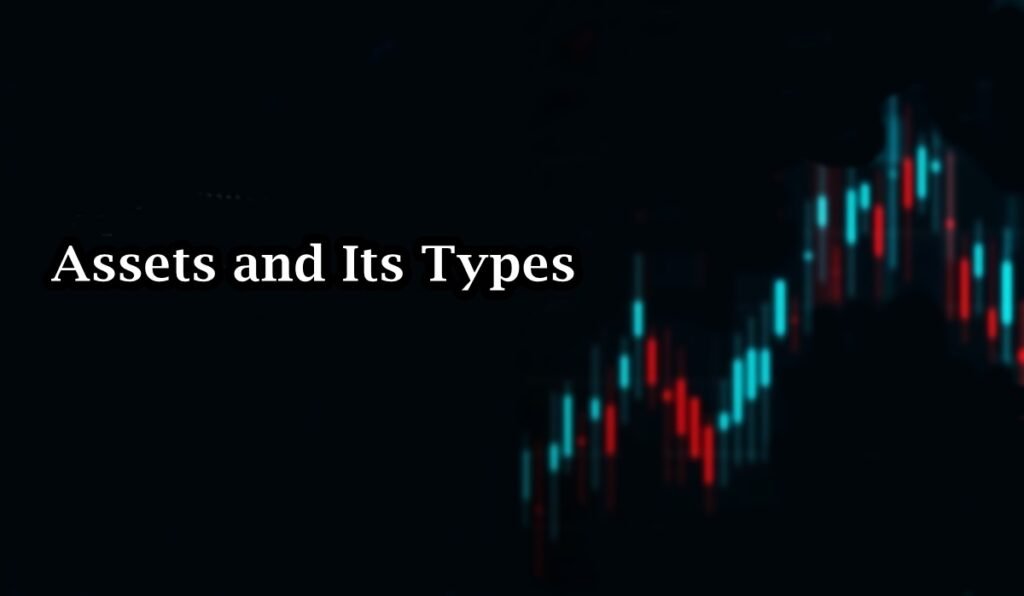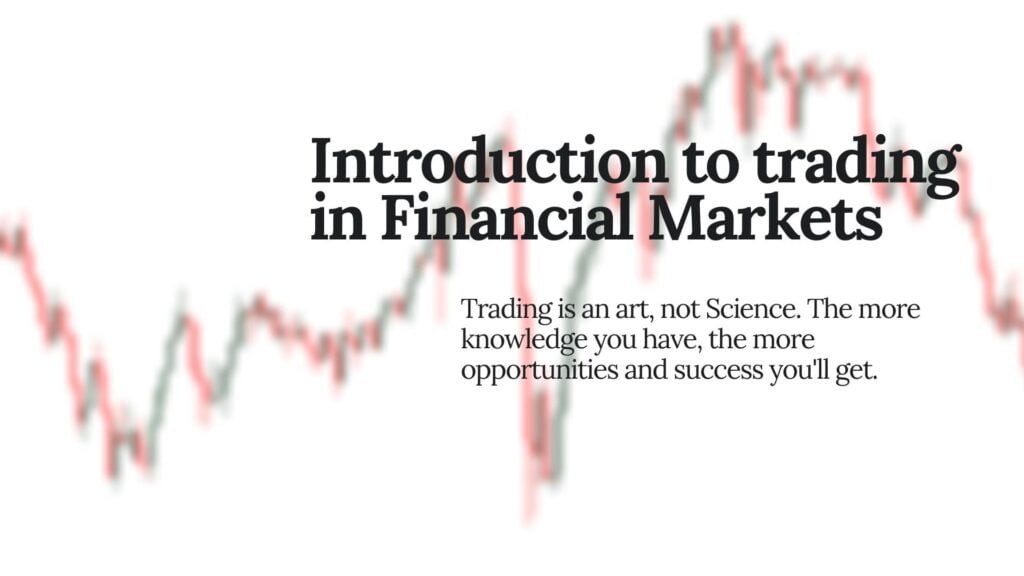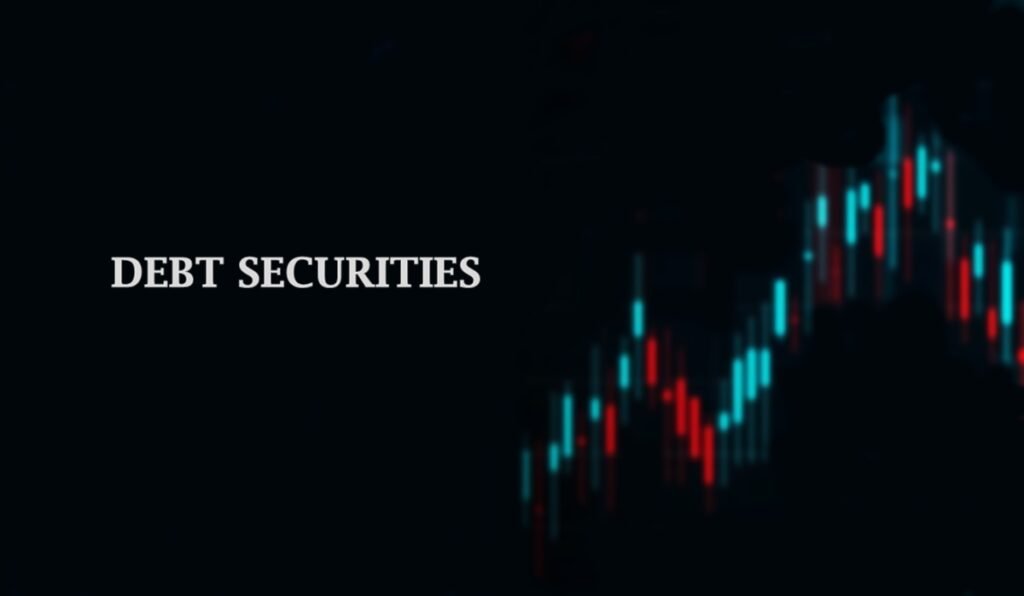
Table of Contents
Introduction
Understanding general concept behind financial instrument is quite simple and less complex. Derivative and their types, at first, create little complexities for users. Although, financial instruments are contract between issuers and investors, these are also contract, but of special type, and based on already existing financial securities.
Financial instruments are traded for various purposes. Derivatives are often used to overcome the risk associated with financial securities. In market, value of financial securities is not fixed, and price fluctuations occurred on the basis of supply and demand. Economic and geo-political conditions also play important role in deciding value of financial instrument. So, contracts of various types are made between participants which help them to overcome the associated risk and take benefit from contracts. This writing is intended to explore the general concept of derivatives, elaborate the types of derivates, how they are used and how they are traded in financial markets, and what are the risks associated with derivatives.
General understanding of Derivatives
It is simple to state that derivatives are contracts. It is indispensable to clarify what sort of contracts these are, because financial instruments are itself contracts. However, purpose of these contracts differs from each other. In general, both debit and equity securities are formed and huge amount of capital is raised for business purposes. However, derivatives differ in purpose. Such contracts are commonly formed to diminish the risk associated directly with financial instruments. Let’s turn our attention to Derivatives only.
Derivatives are complex among financial securities. Derivative contracts are formed between two or more parties. Such contracts are based on underlying financial securities. Price of a derivatives depends on the price of an underlying asset, or group of assets. Derivatives are formed on assets like stocks, commodities, bonds, currencies and market indexes. Following are the points necessary to remember:
- Derivative contracts are formed for the following purposes:
- They are used to manage risk, and hedge against many types of risk associated with derivative contracts.
- Mostly used by investors to speculate on price movement and get benefitted from them. At the same time, it involves huge risk.
- Also used by financial institutions to diversify investment portfolio.
On the other hand, debit and equity securities are formed for raising capital.
- Derivative contracts, in case of Foreign Exchange Market, are established in order to facilitate international trade. Derivative contracts are formed and used by corporation to hedge against currency risk. On the other hand, by using raised capital, businesses are established to facilitate national economy.
- Apart from differences of purposes, these contracts are not considered as separate financial instrument, but a separate category in Financial Instrument like debit and equity security.
- A concept of leverage is introduced in Derivatives. Small amount of capital is used as collateral for amplifying return. Leverage in financial markets can be achieved by maintaining margin requirement. This increase return in the form of profit and losses. The more the leverage is increased, the more profit and losses can be achieved.
Although, derivatives are used to form contracts which diminish the risk associated with debit and equity security, there are still risks associated with financial instrument. Investors follows multiple strategies in order to manage risk.
Types of Derivatives

Depend upon the purpose which the investor pursues, following are the types of derivatives:
- Future Derivative Contract: This contract is an agreement between two parties. There are standard set of obligations that both parties shall follow. This type of contract has an expiry date (which make it different from futures’ perpetual contract). In simple, both parties are obliged to follow the standardized set of rules till the contract expires. The following are the things included in Future derivative contract:
- Standard set of rules
- Pre-determined price and pre-determined date
- Margin requirement
Minimum amount is deposit to facilitate trading and part of contractual obligations. Futures Derivatives are traded on exchanges. So minimum margin requirement is the requirement of exchange because the exchanges act as counterparty.
- Forward Derivative Contract: Forward contracts are similar to future derivative, but they are not traded on centralized and regulated exchanges. Central exchanges diminish counterparty risk. Forward contracts are traded on Over-the-counter which carries counterparty risk.
Like future contracts, they are not standardized. Customized obligations are formed to facilitate user’s need. Following are the things included in Forward contracts:
- Customized set of rules i.e. agreed upon terms and conditions, quantity of an asset, size of an asset, and delivery date.
- Asset can be anything like commodities or financial instruments
- Agreed upon expiration date
These contracts are directly traded between participants or through OTC which introduced counterparty risk. Counterparty risk is a type of Credit risk. It raises the question: what if party defaults on fulfilling contractual obligations.
- Swap Derivative Contract: As its name suggest, it is used to exchange assets. Parties involved in such contract to exchange financial securities and cashflows. Swap market has broad applications in financial world, but mostly known for interest rate swap, currency swap, and commodity swap. The following are the basic elements of swap derivatives:
- Principal or pre-determined price on which the calculations are based like interest rate (whether floating or fixed), or cashflow (in and out of money in company).
- Predetermined time
- Expiration date of swap derivative
Although swap market is used to diminish the associated risk, but risk consideration is an important aspect. Counterparty risk and market risk is associated with swap derivatives. With market risk, changes in exchange rate, interest rate may affect the derivative holder, either positive or negative.
- Option Derivatives: From standardization to customization, now comes the option derivative contract. This gives buyer the right to buy or sell contract. This contract never obliged buyer or seller. This is similar to future contract, but key difference lies in its option to buy or sell. Under such contract, buyers are the right to buy or sell financial instrument at pre-determined price before or at contract’s expiration date. The following are the important points in option derivatives:
- The option to buy or sell. This option is acquired by paying premium by option buyer to option seller.
- Strike price (the price at which options can be bought or sold).
- Call option (it is the right of option holder to buy asset at strike rate).
- Put option (the right to sell).
Both call option and put option have an expiration date, but by paying premium, the right is granted to buy or sell before or at expiration date.
Trading Derivative in Financial Market
Question arises if derivatives are contract between two parties, whether entities or individuals, then how they are traded in financial market. This creates ambiguities in learners’ mind. What makes them tradable instruments is the process known as secondary market trading. Following are the ways it works:
- Firstly, derivative contracts are established and both parties enter in a contract known as primary market transaction. such contract contains details like underlying asset, its expiration date, and decided price.
- After the establishment of Derivatives, party have granted the option to sell their contracts to other market participants. This process happens in secondary market. In such marketplace, speculation takes place.
This is the simple process. There are derivatives that are trades on well establish centralized exchanges. Centralized exchanges allow market participants to trade standardized derivatives. Chicago Mercantile Exchange is the one of the best examples. However, not all derivatives are traded on centralized exchanges. Some derivative, like forward contract, are traded on OTC. It means that trading takes place directly between two parties without the involvement of third party.
Uses and Risk associated with Derivatives
Derivatives are used by market participant for the following purposes:
- Hedging against floating exchange rate, and reducing market risk.
- Used for profit purpose. It means that future price movements are predicted and gain profit from them.
- Institutional investor often uses such markets in order to diversify portfolios.
- Derivative assets create arbitrage opportunities and traders make profit from price differentials between related assets.
The following are the risks consider before trading derivatives:
- It allows traders to use leverage which enlarge potential profits and losses.
- Some derivatives contain counterparty risk associated with derivative. It is possible that one party may defaults on contractual obligations.
- Market risk is associated with derivatives. It is possible that any economic event or changes in interest rate effect the price of an asset which in turn effect derivatives values.
Frequently Asked Questions (FAQs)
Why are derivative securities important in financial markets?
Derivative securities are important because they provide a way to manage financial risk, enhance returns, improve market efficiency, and enable more complex investment strategies. They help in price discovery and increase liquidity in financial markets.
How do derivative securities work?
Derivative securities work by creating contracts between parties to buy or sell the underlying asset at a future date, based on agreed-upon terms. The value of these contracts fluctuates with changes in the price of the underlying asset.
What are the risks associated with derivative securities?
The risks include market risk, credit risk, liquidity risk, and operational risk. Derivatives can also be complex and require sophisticated understanding, which can lead to significant losses if not managed properly.
What are the primary risks associated with derivative securities?
The primary risks include market risk, credit risk, liquidity risk, operational risk, and legal risk. These risks can lead to significant financial losses if not properly managed.
What is market risk in the context of derivatives?
Market risk is the potential for losses due to adverse movements in the price of the underlying asset. For example, a sudden drop in stock prices can lead to losses in stock options.
How does leverage impact the risk of derivatives?
Leverage in derivatives allows for greater exposure with a smaller initial investment, amplifying both potential gains and losses. This can significantly increase the risk of large losses.
I’m Abdullah Shah, a content writer with three years of experience in crafting engaging and informative content. My background in market analysis complements my work, allowing me to create content that resonates with audiences. I’m also a seasoned practitioner in the forex and crypto markets, with a strong foundation and deep interest in finance. My passion for the financial world drives me to produce content that is both insightful and valuable for those interested in understanding market trends and financial strategies.





